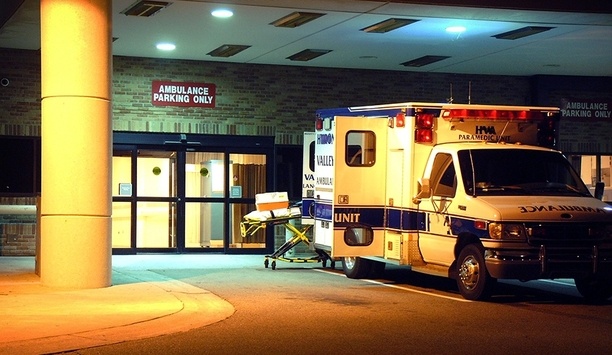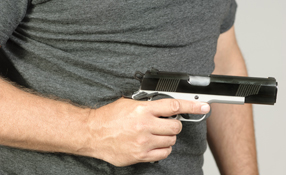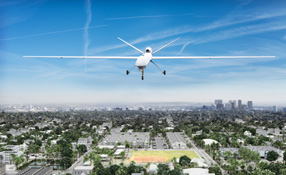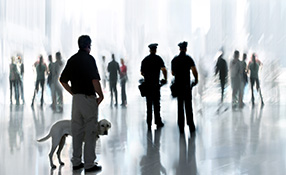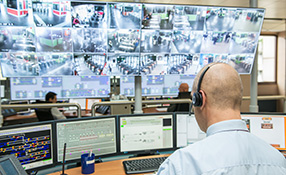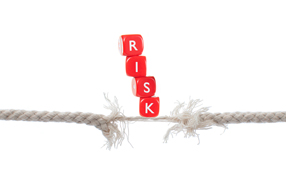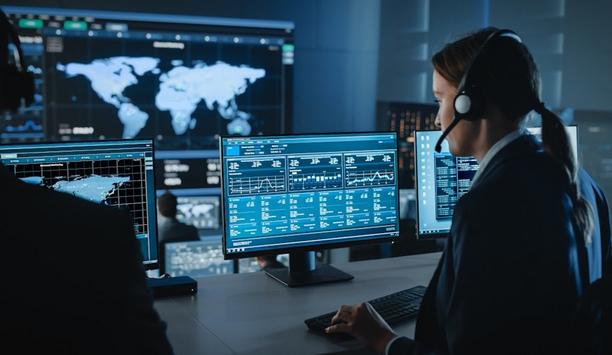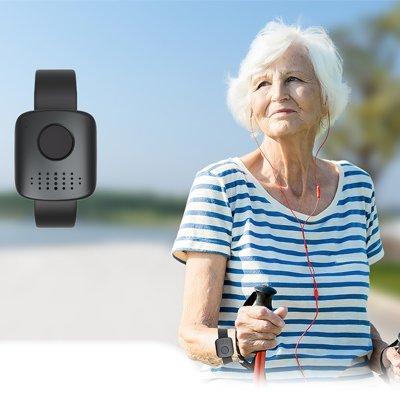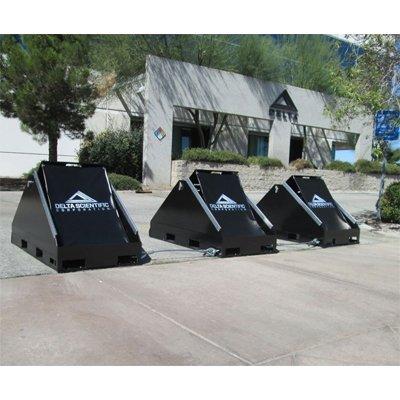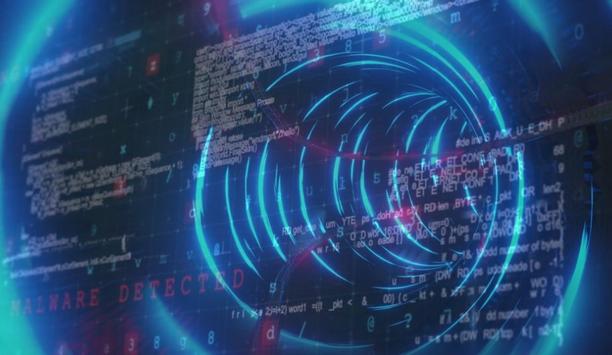 |
| Today, a number of school districts are saying no to these kinds of realistic active shooter drills |
In the wake of the shootings at Columbine High School in 1999 — 16 years ago — and the school shootings that have followed, we have struggled to figure out how to keep students and teachers safe during such an attack.
Protective Measures
An approach to the problem that has grown controversial is armed assailant or active shooter drills. Six states including Arkansas, Illinois, Missouri, New Jersey, Oklahoma and Tennessee have enacted laws mandating such drills. Other states recommend them.
While various police and security departments train to different standards, some prefer active shooter drills that are as realistic as possible. In a few cases, police departments, in the name of realism, have carried out drills at business sites or in schools without informing the business or school of the plan.
On some occasions, for instance, an officer dressed as a gunman has entered a facility and begun shooting blanks. Not knowing that it is a drill, civilians have been terrified and sometimes traumatized.
Last year, a teacher in Ohio sued the police and school officials after he was tackled and injured by a police officer during an active shooter drill.
Today, a number of school districts are saying no to these kinds of realistic active shooter drills — and refuse to do them. “Another reason schools resist active shooter drills is the time they take,” says Patrick V. Fiel Sr., a principal with PVF Security Consulting LLC in Wallace, N.C. “There is only a certain amount of time during the day that can be devoted to education. Administrators and faculty don’t want to add activities that take away from education time.
Challenges
Fiel adds: “Do schools need to do these kinds of drills? Yes. I believe in training. The more you train the more proficient you become. But you have to get security drills into the schedule in the right way.
Active shooter drills are important so that, in case of a real emergency, first responders, administrators, faculty and staff all know what they need to do in order to best protect students |
“Active shooter drills are important so that, in case of a real emergency, first responders, administrators, faculty and staff all know what they need to do in order to best protect students.
“To be as effective as possible, drills need to closely replicate a real event. However, since armed police in full protective gear may be very frightening to young children, [schools should] consider conducting drills late in the afternoon, on weekends or during the summer when students aren’t present.”
Fiel goes on to say that if students are going to be involved in these drills — or other kinds of drills — first responders should fully brief school administrators and parents or guardians about the drill. What are they planning? What will the students be expected to do?
After the briefing, parents must give explicit approval that their sons and daughters may participate in the exercise.
Issuing Alerts
Schools should also inform the local community about the drill, using newsletters, emails and the news media, says Fiel. Otherwise, area residents might not understand that the event is only a drill.
“Minimizing injury and property damage in an emergency situation is all about careful, meticulous planning — and a lot of practice,” Fiel says.
“The main ingredients of an emergency plan are prevention preparedness, response and recovery,” he continues. “Every school should create a safety advisory committee that includes administrators, teachers, staff, students, parents and local emergency responders.
“I would also recommend an all-hazards assessment review by a professional security consultant. The assessment would identify the security strengths of the school or campus as well as any security weaknesses that must be addressed.”
“Policies and procedures should be reviewed and, if necessary, modified regularly. And finally, training and drills are crucial.”
From facial recognition to LiDAR, explore the innovations redefining gaming surveillance






